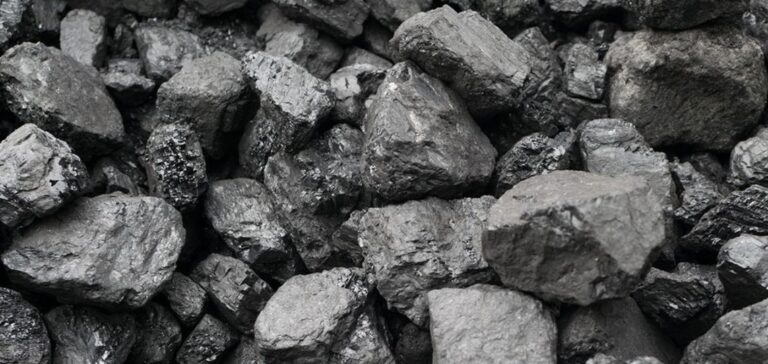“European market participants are finding it increasingly difficult to resell their excess stock in Asia due to strong thermal coal supply fundamentals in the region, a widespread trend in recent weeks,” said sources at S&P Global Commodity Insights.
Thermal coal prices on the rise due to Asian demand and stock levels in Europe
Weaker-than-expected demand, decent natural gas storage levels and renewable generation have led to a build-up of coal stocks in Europe over the past three months, after which traders have flocked to the Asian market with their cargoes. While Asian buyers’ interest in European cargoes was heard in May and June, strong supply from Indonesia and Australia and robust domestic production in China and India diminished interest in the former.
China and India, the two main drivers of the Asian thermal coal market, remained largely on the sidelines, putting pressure on Indonesian coal prices, while South African prices also suffered a setback due to domestic logistical problems. Decline in thermal coal supplies According to data from S&P Global Commodities at Sea, around 400,000 tonnes of thermal coal were loaded from northwest European ports in June, compared with 500,000 tonnes in May, 700,000 tonnes in April and 600,000 tonnes in March.
The data show that thermal coal supplies to India and China have increased from Russia and Australia. Indonesia remains the world’s biggest exporter of thermal coal, but the volume of Indonesian coal reaching the Indian and Chinese coasts has been falling every month since March. S&P’s global data show that the price of 5,500 kcal/kg Australian low-ash NRA coal averaged $179.1/mt FOB in 2022, up 109.6% year-on-year.
US thermal coal exports volatile in the face of Asian demand
With global thermal coal prices surging as the conflict between Russia and Ukraine disrupted trade flows and weather conditions.related issues impacted production against a backdrop of recovering demand. The grade was valued at $90.80/tm on July 19. Kalimantan coal of 3,800 kcal/kg was valued at $41.50/mt FOB on July 19, down from $66/mt a year ago. The price for this category had reached $75/mt in November-December 2022.
“Asian buyers are waiting for further price cuts. Thus, large buyers remain content to acquire tonnage opportunistically during the summer heatwave. As a result, we believe U.S. exports will remain volatile, as exporters compete for position (and price) in the global shipping market, targeting Asian demand,” said S&P Global analysts.
A U.S.-based merchant added that “the difficulty with resale doesn’t surprise me. Many sellers are hit by a pop in the freight market too. The European economy is very weak. With the heat, wind generation should be low, with solar high. But gas should be pretty cheap, it keeps displacing coal.”
According to other sources, gas storage in Europe is currently around 80% full, but the demand for gas for production compared with the tonnage available clearly demonstrates the availability of spot LNG on the market.
“Natural gas and coal prices in the EU were very low last week. Economic and weather demand is sufficient to cope with large energy stocks to boost coal and gas prices across Europe,” said a US trader.
Asian demand reduces US coal exports to Europe
US supply bears downside risk In other supply regions, US tonnage is also facing a similar problem after having had strong demand in Asia, which should now be reduced by the downside risk of US exports to Europe for the remainder of 2023.
“U.S. thermal coal exports rose in May to 3.6 million tonnes, up nearly 500,000 tonnes month-on-month and around 800,000 tonnes year-on-year, as Asian demand remained strong ahead of the summer and monsoon season,” said S&P Global analysts.
Thermal exports from the United States trended upwards in May, as expected, even if gains were modest, due to Asian demand that swept through inventories ahead of the peak summer season and before the seasonal monsoon lull in India. Looking ahead, market participants expect continued low-coal power generation in Europe to result in greater availability of stocks, which will hopefully be sold to the Asian market if demand picks up. In the Atlantic Basin, Europe’s high coal stocks, at 6.6 million mt in ARA ports according to the latest port data, are set to remain high as coal production continues to decline.
“At the moment, we see that reloads are decreasing somewhat, but we don’t see significant differences from previous years,” said a Europe-based merchant.






















